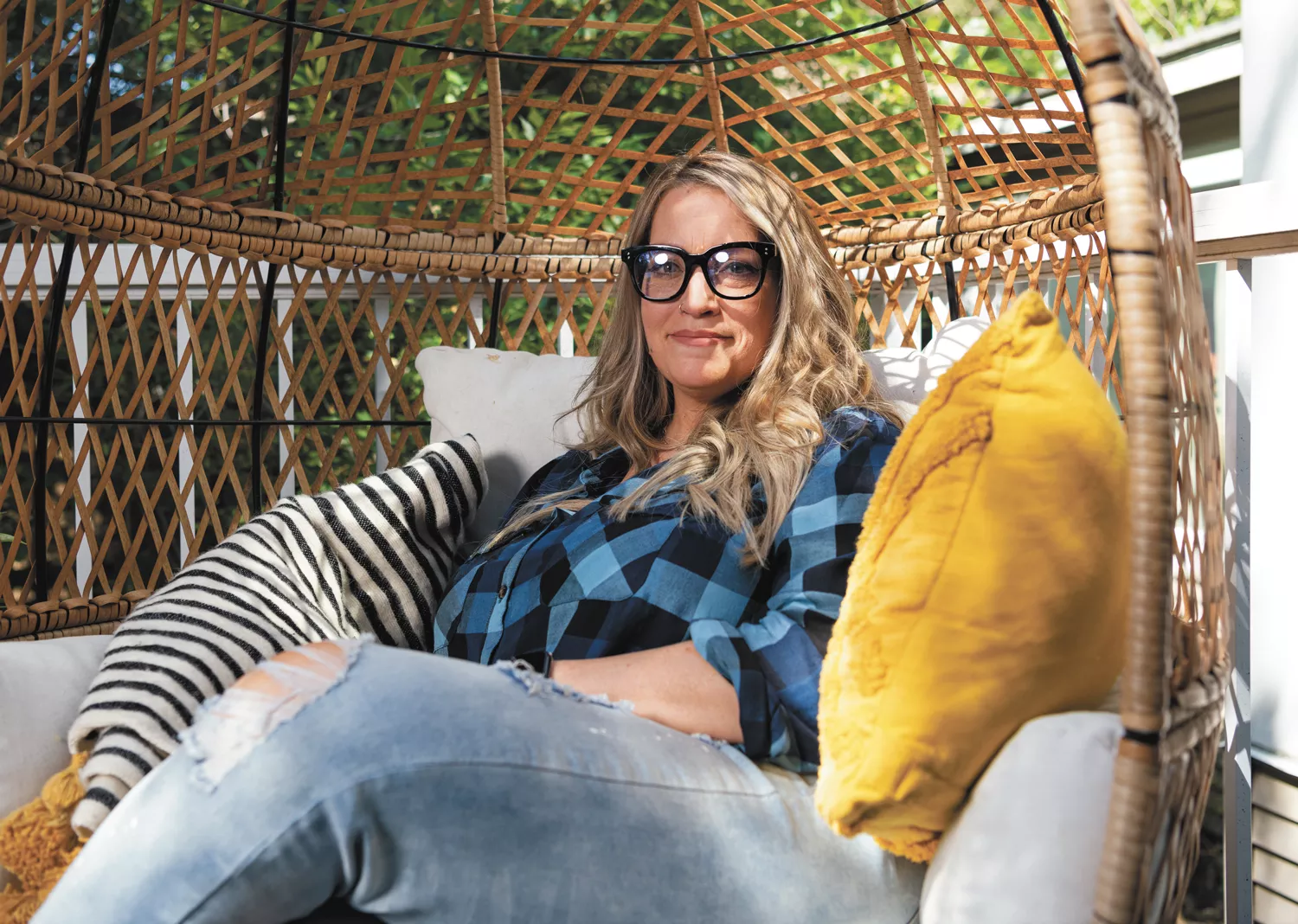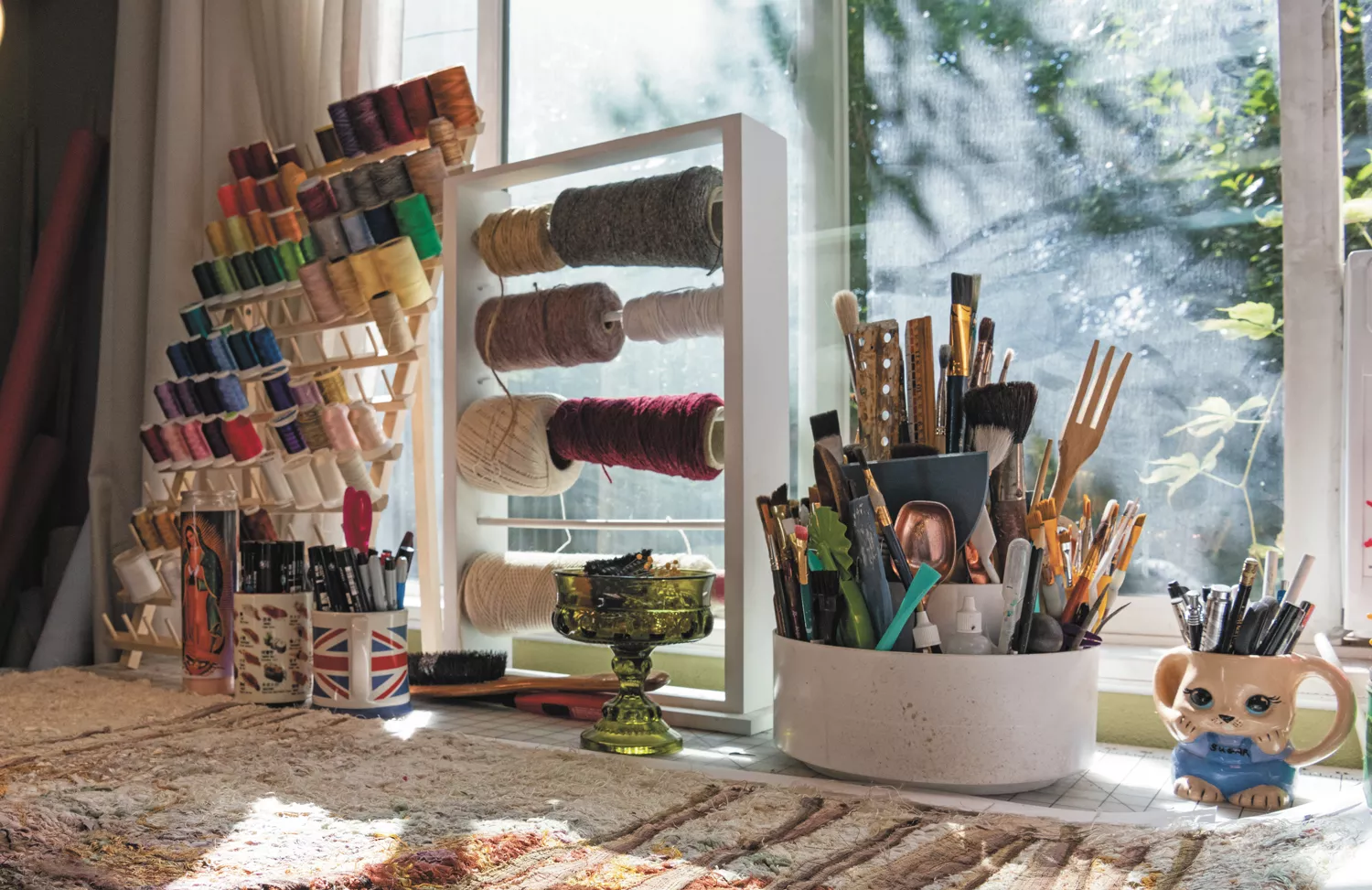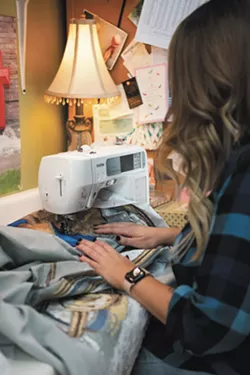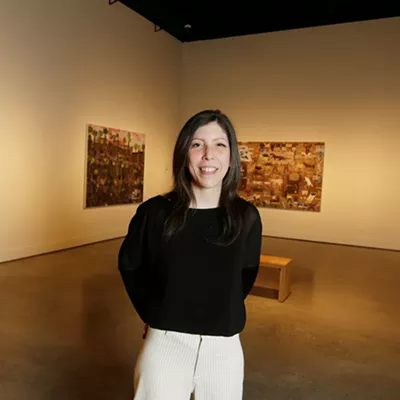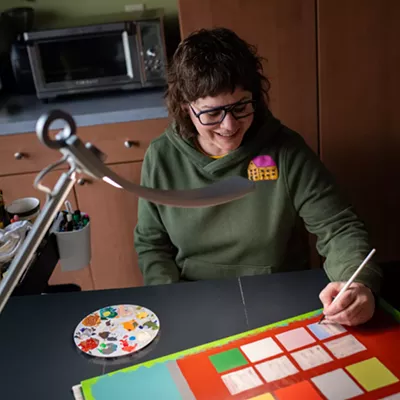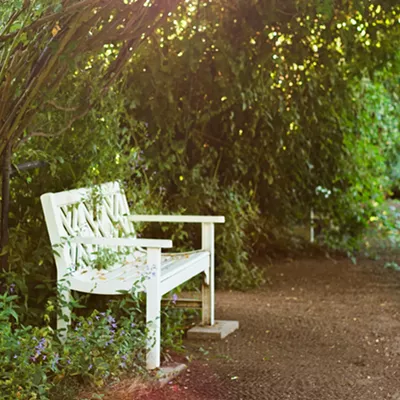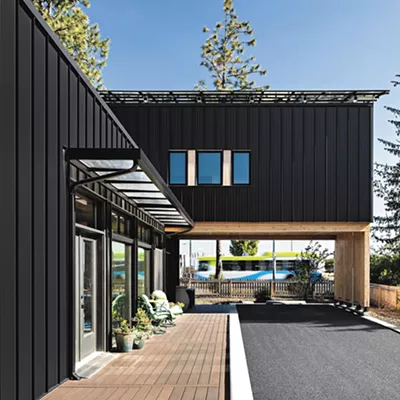CONTAINERS: Often time is limited for working on a hobby project, and frustration builds when supplies are hard to find. Creating homes for various implements helps you get working on your project faster. It doesn't have to be expensive — in fact, check your recycling bin for some no-cost options. Cereal boxes are perfect for holding inspirational magazines or canvas boards, while shoeboxes and jars can corral smaller items. Stow these inside larger bins or boxes — which you can customize to enhance your decor by covering them with sturdy, washable contact paper.
LABELING:You've got your gear stashed, now make it easy to identify. White stickers or masking tape work fine as labels, but another more elegant option is using a small, self-adhesive label holder and writing the important info on paper cut to size. When you change the contents of the container, remove the old label and slip in a new one.
VERTICAL STORAGE:Too often we ignore vertical storage, like hanging things over the back of the door or using hooks. It might seem old-fashioned, but pegboard is ideal to create an easy-access storage system that changes with your needs.
"I can tell you exactly where everything is," says Parsons, a Spokane-based textile artist who creates lots of artwork, much of it large-scale, from her very small South Hill home studio.
She offers a wealth of knowledge for others pursuing a craft or art hobby. First, the space doesn't have to be particularly large, but it is nice to have a location where you can leave work in progress. Parsons operates out of a roughly 10-by 20-foot space with every inch utilized for both efficiency and comfort, and enough attention to the overall aesthetics to feel well-organized.
Next come the basic essentials: a central worktable and good lighting. Then it's time to consider how to store the materials related to your hobby. Parsons organizes a lot of her materials by color — whether it's stacks of fabric, thread on a spool rack or cubbies of paints. That fits how she works, cutting fabric into small strips to lay them into shapes so that they flow together like paint.
Other artists might have different types of materials and strategies, but the principle is the same. "The key to getting organized is lining up clear priorities of how you need your space to function to maximize efficiency," says Parsons, who was recently featured on Quilting Arts TV, which will air on PBS stations nationwide and the cable channel Create.
"The tools and supplies that you use most need to be the most accessible," she adds, "easy to get, easy to put away." Less-used items might be still accessible but out of the way, and higher up or down low versus at eye level.
Like many artisans and artists, Parsons has lots of little things, such as buttons and other fabric notions, which she stores in portable bins she can take to her worktable. She likes collapsible bins that take up less space.
Another feature Parsons recommends is having some kind of space where you can step back and look at your work — she added a floor-to-ceiling design wall close to the large window. "It's a game changer for pulling together ideas and auditioning layouts for my designs," she says. "I don't know why I waited so long to have a design wall, but I'll be sure to have one from now on."
Not everything in Parsons' studio is a tool or supply though, there's a vintage Mickey Mouse phone and other collectibles. "The items on the back counter are primarily for inspiration, and studio visitors really like to see the objects that inspired artworks I've done in the past or am currently working on."
Visit Helen Parsons' studio as part of the Northwest Museum of Arts and Culture's annual studio tour on Dec. 3 (northwestmuseum.org/programs/special-events).

